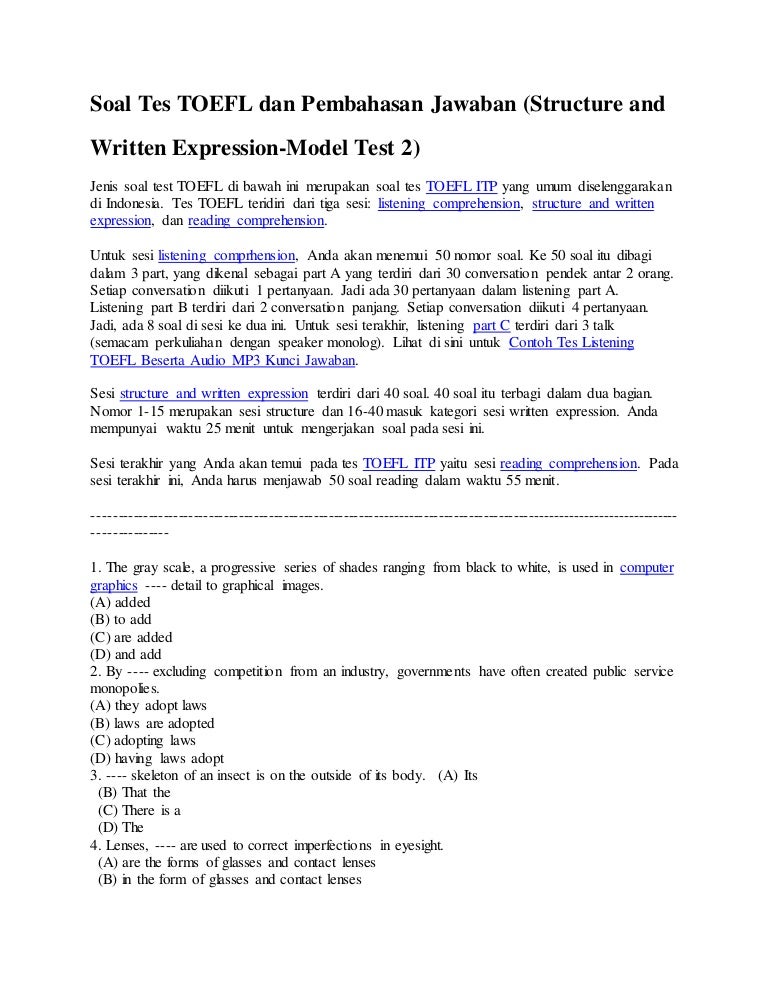

Women in the Archaic communities were probably the main experimenters with cultivation, because ethnoarchaeological evidence tells us that women were the main collectors of plant food and had detailed knowledge of plants. It has been suggested that sunflower, sumpweed, and other plants almost domesticated themselves, that is, they thrived in human –disturbed habitats, so humans intensively collected them and began to control their distribution. One archaeologist has pointed out that the early domesticated plants were all weedy species that do well in open, disturbed habitats, the kind that would form around human settlements where people cut down trees, trample the ground, deposit trash, and dig holes. It has been suggested that some early cultivation was for medicinal and ceremonial plants rather than for food. Although population and sedentary living were increasing at the time, there is little evidence that people lacked adequate wild food resources the newly domesticated foods supplemented a continuing mixed subsistence of hunting, fishing, and gathering wild plants, Increasing predictability of food supplies may have been a motive. Archaeologists debate the reasons for beginning cultivation in the eastern part of the continent. Although the term “Neolithic” is not used in North American prehistory, these were the first steps toward the same major subsistence changes that took place during the Neolithic (8,000-2,000 B.C.) period elsewhere in the world. The earliest cultivation seems to have taken place along the river valleys of the Midwest and the Southeast, with experimentation beginning as early as 7,000 years ago and domestication beginning 4,000 to 2,000 years ago. These provided seeds that were important sources of carbohydrates and fat in the diet.

By the end of the Archaic era, people in eastern North America had domesticated certain native plants, including sunflowers weeds called goosefoot, sumpweed, or marsh elder and squash or gourds of some kind. In both areas, there was a well-established ground stone tool technology, a method of pounding and grinding nuts and other plant foods, that could be adapted to newly cultivated foods. Both in what is now the eastern and the southwestern United States, the peoples of the Archaic era (8,000-1,000 B.C) were, in a way, already adapted to beginnings of cultivation through their intensive gathering and processing of wild plant foods.


 0 kommentar(er)
0 kommentar(er)
